Final Fantasy 16 brought about significant changes to the Final Fantasy franchise. It not only introduced a focus on single-character action combat but also limited exploration to plot and side quest-related instances. Moreover, its stylized photorealistic graphics allowed for on-screen depictions of darker sequences, surpassing the capabilities of less technologically-advanced entries.
The advancements made in Final Fantasy 16 lend themselves perfectly to recreating specific elements of other Final Fantasy games. Among them, Final Fantasy 12 appears particularly well-suited for a 16-style remake. Both games strike a harmonious balance between grounded and fantastical elements, exploring themes of revenge, infernal intervention, and atonement. By introducing characters of equal importance to the main narrative, like Ashe, this remake could successfully blend classic and new aspects of the Final Fantasy series.
1. Character Action Combat
Final Fantasy 16 introduced a significant departure from traditional Final Fantasy games by adopting a true action RPG combat system instead of Active Time Battle (ATB) or Real-Time Battle (RTB). Designed by Ryota Suzuki, the combo-heavy combat system allowed players of all skill levels to excel in fights.
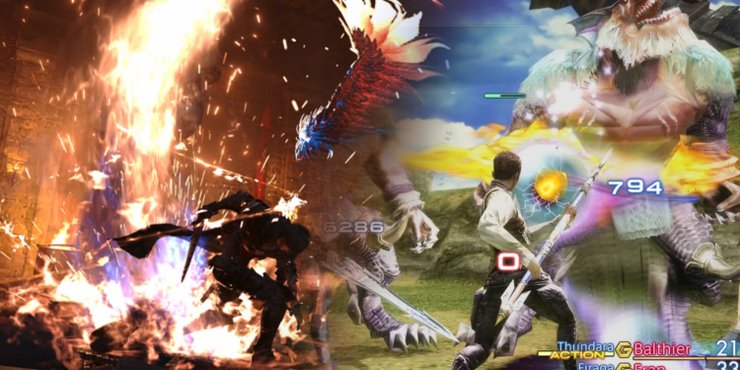
In relation to Final Fantasy 12, its Active Dimension Battle (ADB) system seamlessly fits into this character action combat style. The freedom of motion and various styles available to Clive can easily be translated to any party member in FF12. This opens up opportunities for players to switch characters more frequently, chaining unique combos together, or finding a playstyle that suits them best.
2. Gambits
In FF16, the ability to control party members or issue commands to them was removed, leaving them under complete AI control when they join Clive's party. While they possess cool abilities and attacks, they don't play a significant role in combat and deal mediocre damage, particularly against staggered enemies.
A potential FF12 remake could restore the feeling of companions being true party members again. Reintroducing Gambits would enable players to create satisfying combat strategies that align well with the character action combat style. With the involvement of developers like Creative Business Unit III (CBUIII), Gambits could be further enhanced to be more powerful and responsive to player needs.
3. Party System
In Final Fantasy 16, Clive took the spotlight in both combat and the plot, with players being able to control him exclusively in battles. This approach was in line with the game's "Chosen One" narrative and limited the presence of other party members.
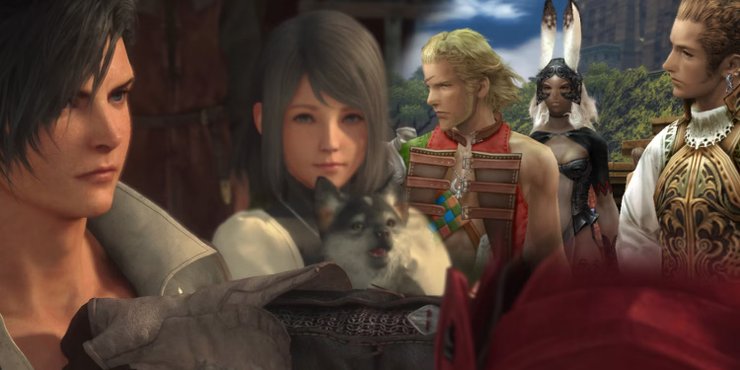
In contrast, Final Fantasy 12 is more of an ensemble game, with various characters contributing to the story. Reinstating the ability to control party members in a remake would allow players to experience individual plot threads in a more fulfilling manner. This shift would ensure that crucial moments, such as Basch confronting Noah, Balthier fighting Venat, and Fran saving Mjrn, become more engaging as players can switch to these characters during battles.
4. Eikons & Espers
Final Fantasy 16's Eikon fights stood out as impressive set pieces, showcasing the game's technological advancements and Square Enix's commitment to its flagship entry. These battles effectively conveyed the destructive impact that otherworldly creatures could have on their environment.
When considering FF12's Espers, which engaged in battles against Ivalice's gods and were later sealed away, their immense power may require some segregation between gameplay and story elements. Nevertheless, a remake could explore ways to tap into their destructive capabilities, similar to the Eikons in FF16. Furthermore, assigning specific Espers to party members would add further differentiation between characters in combat.
5. License Board & Zodiac Job System
A potential method to distinguish gameplay for each character involves revamping the License Board and Zodiac Job System. The Zodiac Job System allowed characters to have up to two unique jobs out of twelve simultaneously, a departure from the original License Board system where all characters shared a giant board for unlocking equipment, spells, and skills.

By integrating these systems with FF16's skill tree, each character can have a truly distinct gameplay experience. The eikonic wheel could be replaced with exclusive skills and equipment for each job or damage type, while the Ifrit wheel can represent various job options.
6. Side Quests & Hunts
Final Fantasy 16 utilized side quests to enrich players' understanding of Valisthea and its side characters. Numerous optional quests featured unique cinematics and interconnected storylines that developed alongside the main quest.
Although FF12 also offered side quests with evolving storylines, they felt more like mere busywork compared to the depth of FF16's side quests. By infusing CBUIII's expertise in side quest design into FF12, the hunts could become more heroic and the smaller stories could provide valuable insights into Ivalice's cultures.
7. Exploration
Players experienced restricted travel in FF16, forsaking a playable airship due to in-game, technical, and artistic reasons. The absence of an open world was compensated with substantial mini environments and the inclusion of a rideable chocobo in Ambrosia.
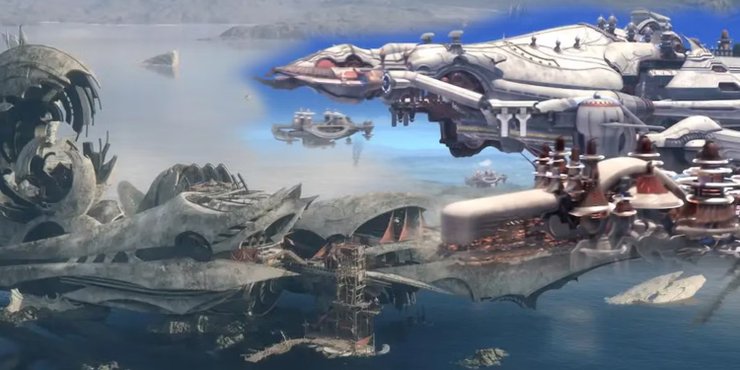
On the other hand, FF12's Ivalice was constructed with zones, minimizing loading times and offering plenty of activities. Leveraging FF16's next-gen engine, the magic imbued into one-time locations like Salikawood and Bhujerba could be brought to life in FF12's grand settings. The return of the Strahl airship could serve as a mobile base for players.
8. Characters
While FF16's characters like Mid, Margrace, and the Cids received high praise, the game predominantly focused on Clive as its star. Though most characters had well-developed arcs, Clive stood out as the central figure.
In FF12's potential remake, restoring Vaan as the POV character would distribute the narrative focus evenly, exploring the growth of the entire party alongside Clive's journey. Enhanced side quests could delve into character backstories and provide on-screen depictions, allowing players to better appreciate their overarching stories.
9. Exposition & Lore
Notable characters like Harpocrates II Hyperboreios, Vivian Ninetales, and Active Time Lore significantly improved fans' understanding of the game's lore. While experienced fans may have easily grasped concepts in FF16, these characters and systems aided the developers in maintaining a coherent story.
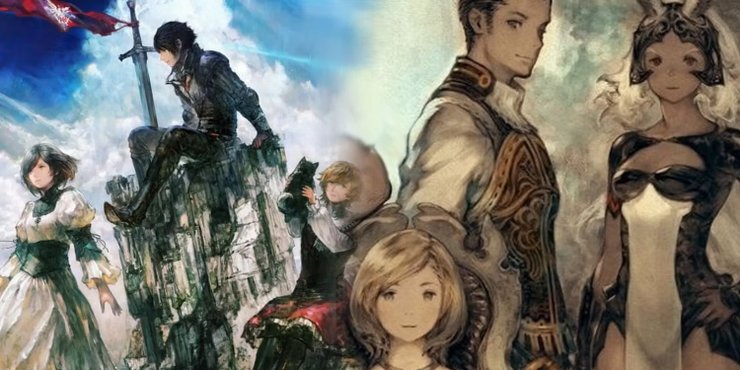
Though some argue that FF12's story is less complex than FF16's, it still warrants lore keepers and an ATL-type mechanic to help players keep track of the intricate narrative. Given the importance of world-building in FF12, such tools would heighten fan appreciation for the game.
10. Themes & Tone
Themes like "Nethecite" and "manufactured nethecite" are often associated with FF12, showcasing its dark and deep plot. The game encompasses all the classic hallmarks of a traditional Final Fantasy, including themes of war, responsibility, destruction, divine intervention, atonement, and the consequences of wielding otherworldly power.
Given CBUIII's expertise in delivering impactful stories with brutal execution, entrusting the FF12 remake to their hands should be an obvious choice. Their ability to draw out character essence and create excellent set pieces would elevate the narrative through an outsider's perspective, enriching the game's themes and tone.
>>> Read more: Top 5 Best Post-Apocalyptic Games On PC (2023)
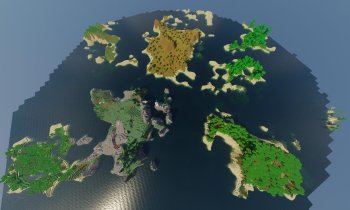

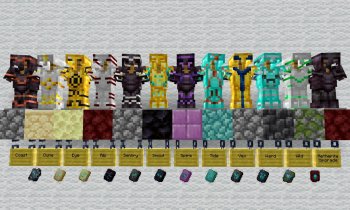
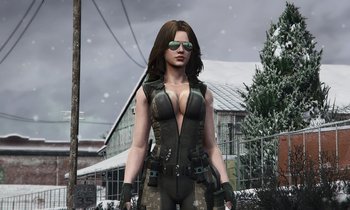






Comments